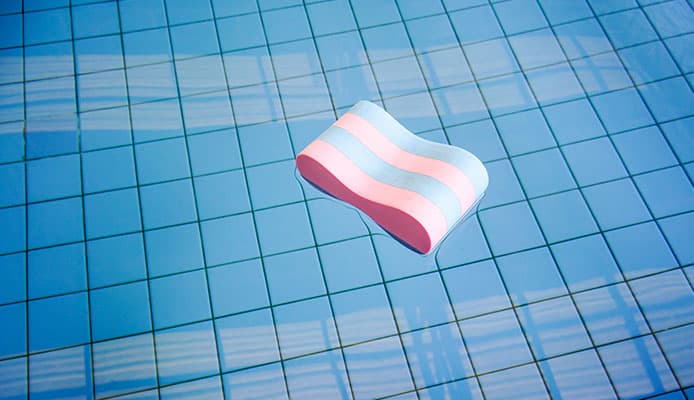
Pull buoys are fantastic equipment which helps swimmers in their training. If you are trying to improve your performance while swimming, there is a place for pull buoys in your routine. You can become stronger and your technique can be improved if you decide to train with a pull buoy from time to time.
The main goal of these aids is to eliminate kicking while swimming, which helps you in a number of ways. First of all, you can swim farther because your legs don’t consume nearly as much oxygen as they would if you were using them to keep balance. Also you can focus on your body position and your stroke technique since your body glides easily through the water.
All this said, the most important thing for you to do is find the best swimming pull buoy to maximize your training. Since there isn’t much variety when it comes to types of pull buoys, our attention should be focused on the size. It should be buoyant enough to pull your hips and legs to the surface. And you should be able to easily hold the buoy in place.
So, what are the best pull buoys for you? Check out our pull buoy reviews to find out.
Let’s get started.
OUR TOP PICK
Speedo
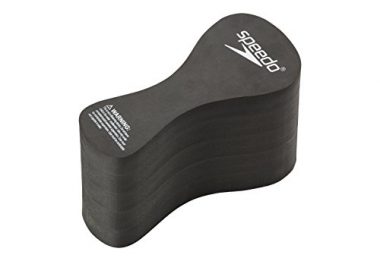
- Stand Out Features - Why We Love It
- Chafe-free design
- Recommended by many swim clubs
- Durable
Length: 9.5“
Width: 4.3“
Height: 6.3“
EDITORS CHOICE
TYR Float
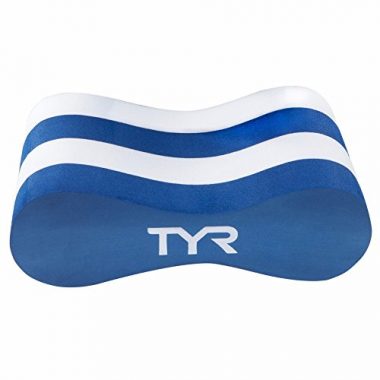
- Stand Out Features - Why We Love It
- Good for larger people too
- Easily maintained
- Soft yet strong
Length: 9.5“
Width: 4“
Height: 6“
BEST VALUE
Finis Foam
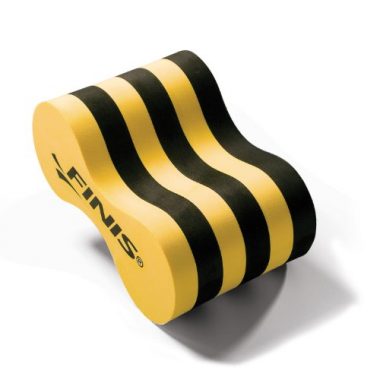
- Stand Out Features - Why We Love It
- Available in adult and junior size
- Very good buoyancy
- Interesting color pattern
Length: 9
Width: 4“, 2“ at its narrowest
Height: 6“
TYR 11LPFALL Float
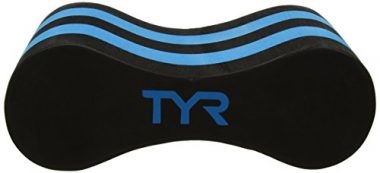
- Stand Out Features - Why We Love It
- Sturdy
- Durable
- High quality materials
Length: 9.5“
Width: 4“
Height: 6“
SpoiledHippo Training Aid for Professionals
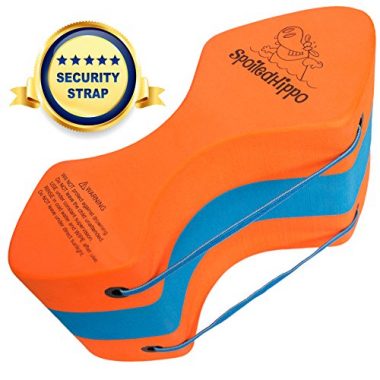
- Stand Out Features - Why We Love It
- Larger in size
- Straps on the side
- Easily maintained
Length: 11.5“
Width: 5“
Height: 6“
How To Choose A Pull Buoy – Buying Guide
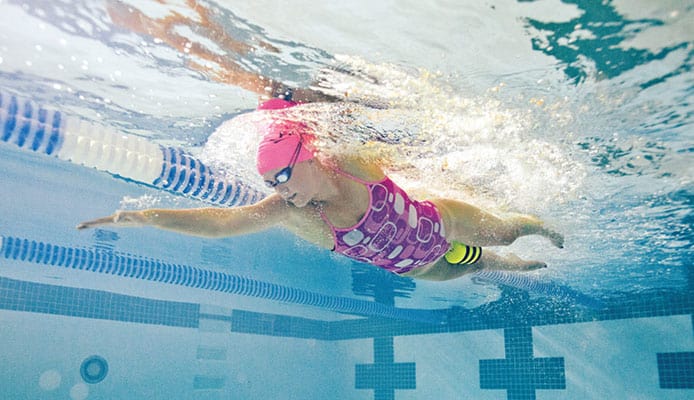
It can be confusing when you have to buy a new piece of equipment. The most important thing is for the buoy to have the right size and shape to give you the best position in the water while you are training. Here are some features worth looking into.
Size
While most buoys are fairly similar in size, there are some differences. Mainly, buoys are produced for both adults and children. So if, for example, you have a smaller stature sometimes a junior pull buoy will work better.
As we mentioned, most manufacturers produce buoys in relatively universal size for adults. However, there are products like the SpoiledHippo foam buoy featured on our list which is comparably larger. This is a great solution for adults who have stronger, muscular legs or just weigh more.
It’s important to get the right size for you, because too small makes your feet sink, creating drag and compromising the quality of your training. On the other hand, too large can put your body in an unnatural position and increase straining of your lower back and shoulders.
Material
Best pull buoys are made from foam. More modern products have incorporated some technological advancements and are now way more comfortable for you.
Classic type pull buoys were made from foam that was very susceptible to wearing from the sun and also chlorine in the pool. This made it rough over time, and in turn this caused annoying rashes on your thighs. The strings placed between two foam cylinders also sometimes came in contact with your legs and irritated them.
Modern pull buoys, aside from the difference in design, are made from a different type of foam. Most are made from EVA foam which feels way nicer on your thighs. Also, it is much more durable and resistant to wear and tear from continuous use. This way you can forget about having painful and itching legs after practice.
Shape
Nowadays pull buoys are designed as a single piece of foam shaped similar to a number 8. They can be symmetrical, but it’s not a rule. Some have narrower and wider ends to increase your comfort and also buoyancy while using it. The narrow end should be pointed towards the bottom of the pool while you are swimming, keeping it securely locked between your thighs.
The more old fashioned buoy was made from two pieces of foam cylinders connected by two strings. These would be placed on the upper and lower side of your thighs with the strings adjusted to keep them in place. This is the biggest upside for this type, since most of these were adjustable to make them a perfect fit for you.
How Narrow the Buoy is
This is another interesting feature, closely connected to buoy size. The best swimming pull buoy should be just the right width to ensure you can hold it easily with your legs, and not strain them too much.
If the buoy is too narrow, you won’t be able to apply the right grip on it. This will result in it slipping away while you change direction and push away with your legs. Some people have wider hips and they are most affected by this.
In result, because the buoy is a little loose, you tire yourself and concentrate on it instead on your swimming technique. And this beats the purpose of using one in the first place.
Buoy “Slipperiness”
We already mentioned that the buoy will slip if it is too narrow. However, this isn’t the only reason why this happens.
Even though the foam is designed to provide a firm grip with your skin without irritating it, sometimes it happens that the foam buoy slips out of place. The reason for this is perhaps that the buoy isn’t positioned properly. You should try to put it as far up your legs as possible. This way you get it locked in.
We have also read that people complained of their buoy slipping after applying some kind of lotion on their legs beforehand. This can reduce friction and ultimately lead to buoy slipping away from you.
FAQs
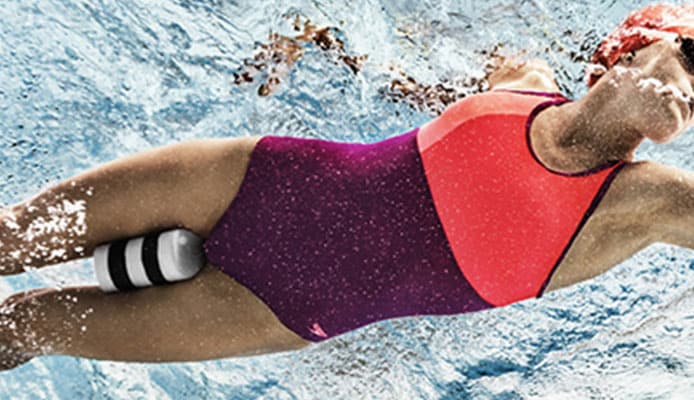
Q: How to use a pull buoy?
When using a pull buoy, you should place it between your legs above the knees. The smaller end should face down while you are swimming. This is done so that your hips get in line compared with the rest of your body, even though your legs aren’t doing their share of work.
To control the buoy better, you should move it as high up your leg as possible, in the groin area. This floats your hips and legs into correct position, saving you the effort. You then get the freedom to concentrate on practicing your stroke.
Q: What is a pull buoy?
It is a special piece of swimming equipment designed to help your legs float, eliminating the need for kicking while swimming. This way you can focus on your technique and build up your upper body strength.
A pull buoy is a buoyant piece of foam specially designed to have two wider ends for each side of your thigh and the narrow part in the middle. Because of this, it keeps the legs on the surface of the water and allows you to stop kicking, without sinking.
Q: Why use pull buoy in swim?
You should use a pull buoy as a part of your training. It enables you to get more out of your swimming session, since your body won’t get as tired as it normally would. This is because your legs don’t spend as much energy and you get tired much slower. Also, because it lifts your legs and hips it significantly reduces drag making you move faster through the water.
As mentioned, it is great to use to practice your position and stroke, and to train your muscles. However, you should not overuse it. If used all the time, it can become counterproductive. You will get a little lazy.
Using a pull buoy will eliminate the need to learn how to keep your legs and hips floating, therefore creating a significant drag for you without the buoy. That’s why it’s important to pay attention to every aspect of your training, and get the most out of it.
Q: What does the swim pull buoy teach?
A pull buoy can be great for all swimmers alike. If you are a beginner, it can benefit you in mastering the horizontal position in water. Also, you get to concentrate on one aspect of swimming. That can be the rotation of your body, or the technique of your stroke.
A pull buoy can be effective and used with every stroke. And if you have that covered, you can just use it to train your upper body muscles. When taking your legs out of the equation, your arms must pull your entire body. By putting an additional load on them, you are giving your muscles a great exercise.
Globo Surf Overview
It is our opinion that pull buoys are great pieces of swimming equipment. Just be sure to get the best swimming pull buoy for you in terms of size and shape. Feel welcome to use our pull buoy reviews list since all these products can be great for you. They can help you make much quicker progress learning or improving a swimming technique, or just improving your endurance. However, like with everything, you should use it with moderation and combine laps with and without the buoy.

